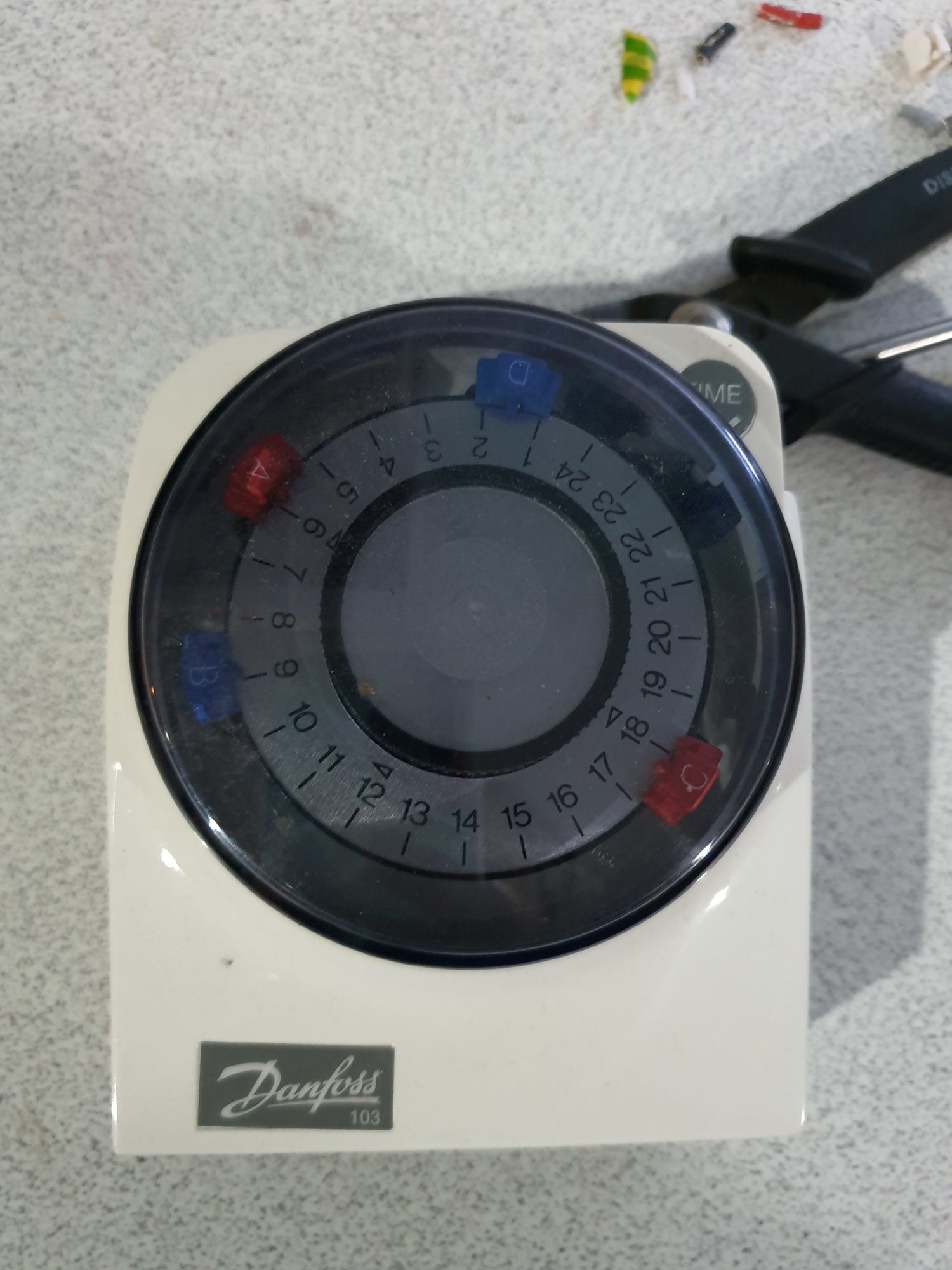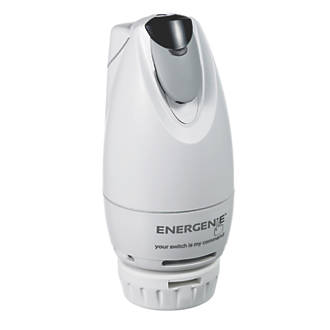- Joined
- 2 Sep 2019
- Messages
- 4
- Reaction score
- 0
- Country

20190901_221316
This was following one of the other threads, but having it like that just trips out the 3amp...
****Update****
I have managed to wire it back up, no trips etc, as can be seen by the 2 new pics above. But still no heating, asked a local heating engineer after showing him the pics as no one replied on here & he said "I think that black (now identified as RT) goes to the T2 port coz that the way it looks in the pics".....
Turned off & isolated, opened the electrics box in the boiler, no RT link for me to remove, so stumped
Only way I can warm the house is to hold in what I call the "Tophat & Ladder" buttons to run what seems a heating flush/purge & gets the boiler to run to 70°c
Boiler shows S.30, install manual says "outside thermostat blocking heat"
***************
I have followed the wiring instructions & only got hotwater, thermostat kept saying it would be 45mins till the radiators would be hot, but boiler never fired at all, run hot tap & it fired instantly. App showed everything was ok after running the checks.
So unwired & tried again. Then after trying another way from the other threads I get nothing but a blown 3amp fuse.
Last pic shows the way I had it going off all the other thread suggestions on here & without the black & grey wires in any connection.
So I have removed everything, only thing that's back ok n the wall is the old thermostat.
Issue is the wires in the 4core flex from the boiler. I have identified the mains L, N & E wire, red & yellow thermostat ones, L & E ones in the 4core & where they go, but dont understand where to put the Black & Grey ones from the 4 core as the grey was in N wire & the black looked like it went to the earth originally & I dont want to open the boiler if possible(read the screaming replies "dont do it " lol), but they dont work when wired there the first time.
So I'm thinking they go to 4 & 6?
Just haven't tried that yet as it was late & very dark when I was fiddling, so I just unwired & isolated the mains by blocking & removing the fuse. (I'm based in the UK, assume its S plan as theres no gravity system anymore & dont have aircons)
If it's the plan were I have to remove an internal link, then I will look into it more, before opening the boiler. But I've seen the boiler cover off for a service & know the wiring system is at the bottom in a flip out box.
And yes the wires are really short in some places & I've had to extend with blocks as theres no other junction box, that's another thing I'm looking into once I know it works as then I will be able to label correctly. But that's what happens when the boiler company installers cut out the original Randall rather then unscrew it.
- New- Nest 3rd Gen + Heatlink
- Old- Danfoss 130 (randall) programmer
- Old- Seimens thermostat
- Boiler- Vaillant EcoTec Pro28
TiA for any help.
Attachments
Last edited:











